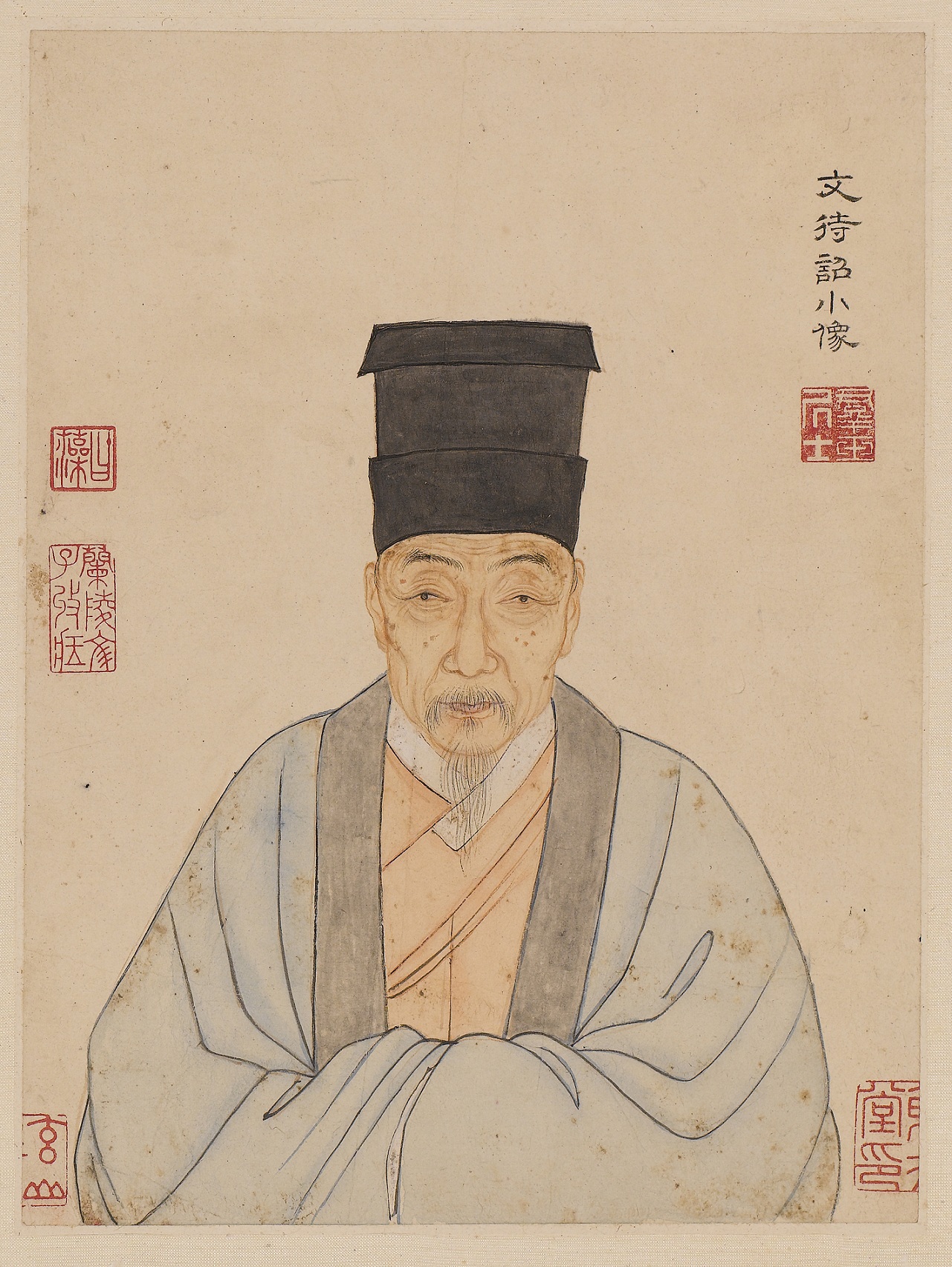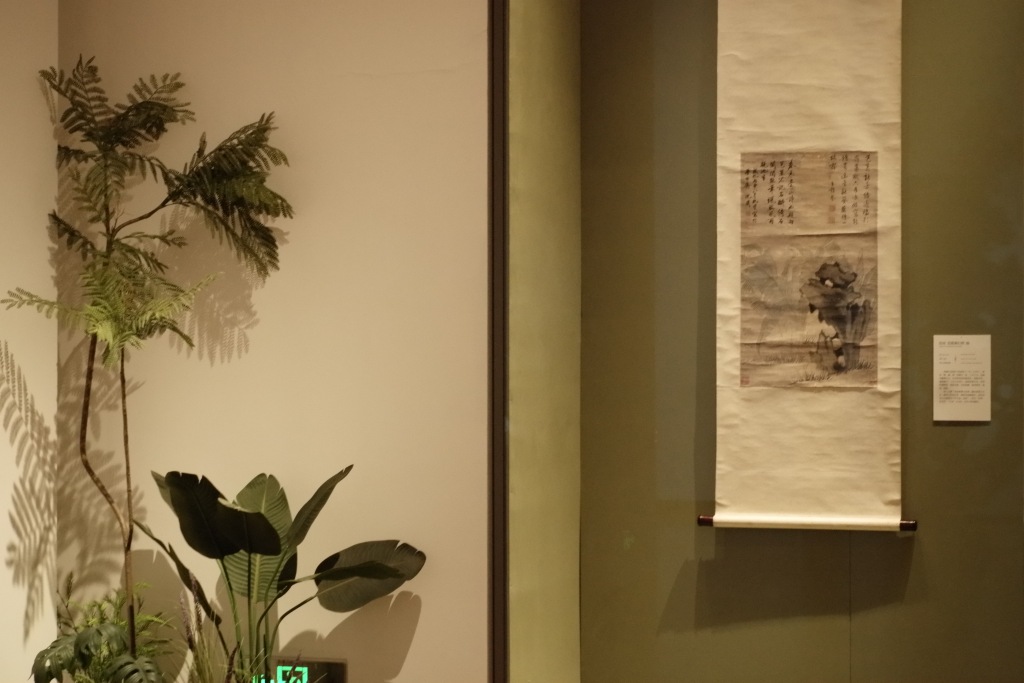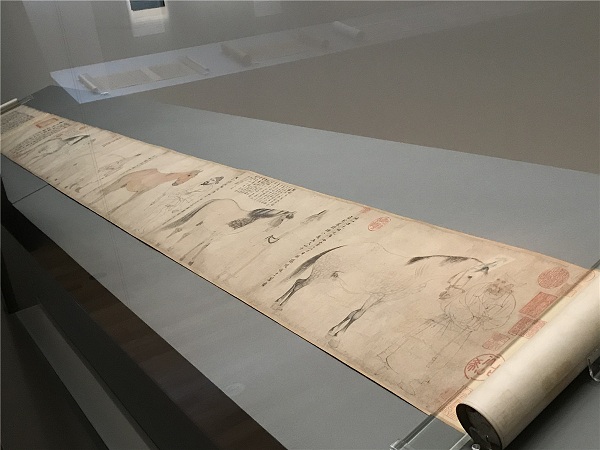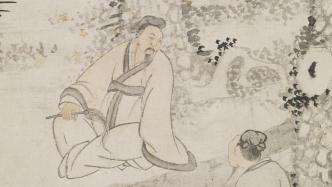
For some large-scale masterpieces in the history of Chinese calligraphy and painting, the National Palace Museum in Taipei built a special exhibition hall many years ago to regularly update and display large-scale calligraphy and painting works.
The Paper has learned that the Taipei National Palace Museum's "Large Masterpieces III" exhibition has recently been updated, including Guo Xi's "Mountain Villa" from the Song Dynasty, which is nearly two meters high, Gao Kegong's "Green Mountains and White Clouds" from the Yuan Dynasty, and Wen Zheng's scroll from the Ming Dynasty that is more than three meters high. Famous ancient calligraphy and painting works of the Ming Dynasty such as "Panasonic Viewing the Spring" are on display one by one.
The following is an introduction to some of the masterpieces on display:
Gao Yi of Guoxi Villa in Song Dynasty

Gao Yi of Guoxi Villa in Song Dynasty (detail)
The size of this painting is 188.8x109.1 cm. It depicts mountains, dead trees, staggered layout, pavilions and villages, surrounded by mountains and rivers.
In the painting, guests gather at the hotel, an old man plays the harp leisurely, and there are people traveling on the ferry. The life fragments of the characters in the painting are closely integrated with the natural landscape, pavilions, thatched pavilions, and bridges, creating a lively atmosphere. The mountains and rocks are mainly painted with cloud-headed textures from Guo Xi of the Northern Song Dynasty, supplemented by Dong Ju's short hemp drapes, and the forest trees are in the crab-claw style, which is said to be sophisticated and sophisticated. Although it looks like Guo Xi (1023-1085), the scenery is too complicated and trivial. From the style and techniques, it can be inferred that it is the work of Li Zai (probably active in the first half of the 15th century).

Gao Yi of Guoxi Villa in Song Dynasty
Li Zai, courtesy name Yizheng, was born in Putian. During the Xuande period (1426-1435), he, Dai Jin, Zhou Wenjing and others waited for the imperial edict to be directed at the Renzhi Hall. He painted landscapes after Guo Xi, Ma Yuan and Xia Gui.
Song Malin's Lotus on the First Day

Song Malin's Hibiscus on the First Day (Part) Donated by Ms. Zhang Weizhen, Mrs. Luo Jialun
Ma Lin (approximately 1180-1256), the son of Ma Yuan (active 1190-1224), inherited his family's education and served as the marquis of the Painting Academy under Ning Zong (r. 1195-1224). This painting depicts a hazy mist on the water bank and the first blooming of hibiscus flowers. The reflection in the water should be the shadow of the moon. Whether the hibiscus flower is in bud or in full bloom, it can accurately express various angles and postures. The leaves are also painted very brilliantly, including front, side, back, flip, etc., and even dead leaves, insect-eaten, etc. are all depicted one by one. In addition to their thick branches, The contour lines are carefully rendered to create a sense of volume. The processing of water patterns is also very particular, and the edges of the lines are also rendered to create the effect of water waves, especially in the part where the moon is reflected, and even the craters on the moon are depicted. Through the treatment of mist in the painting, the hibiscus on the shore also shows the layers and depth of the front and rear spaces. Under the careful management of the painter, he left a large flower painting of excellent quality for future generations.

Song Malin Churi Hibiscus donated by Ms. Zhang Weizhen, wife of Luo Jialun
Mingwen Zhengming Panasonic Viewing the Spring Picture

Mingwen Zhengming Panasonic Viewing the Spring Picture
This painting is on paper, 348.2cm in length and 104.6cm in width, by Wen Zhengming (1470-1559), a native of Changzhou, Jiangsu. His real name was Bi, and his courtesy name was Zhengming. Later, he changed his name to Bi, and his nicknames were Ting Yunsheng and Hengshan Jushi.

The picture of Panasonic's view of the spring (detail)

The picture of Panasonic's view of the spring (detail)
A clear spring flows through the pine forest. Two scholars under the tree are focusing their entire attention on the forest spring. The picture is clear and elegant. Most of Wen's paintings are meticulous and graceful. This painting is not only particularly large in size, but also has a bold and unrestrained brushwork with extraordinary momentum. It is a rare large-scale masterpiece.
Ten Sections of the Explicit Letter of Complaint before the Court
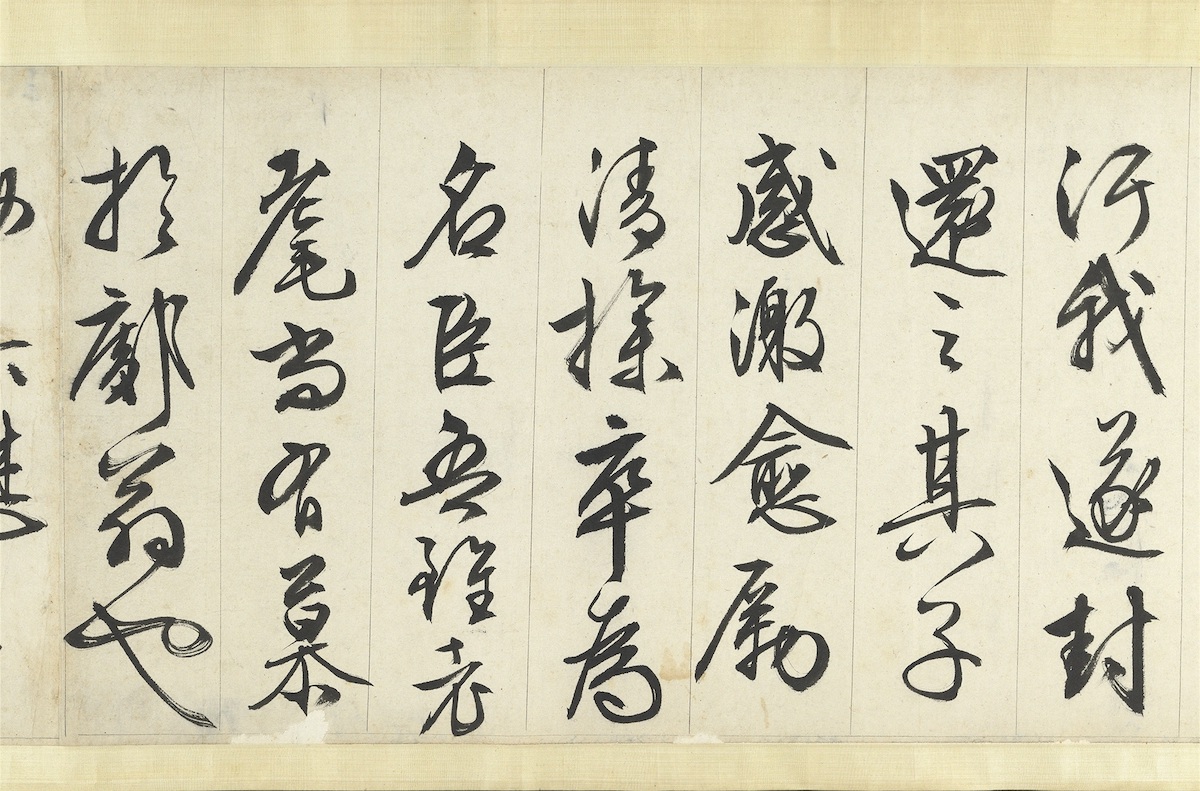
Ten Sections of the Explicit Statement of Evidence before the Court (Partial)

Ten Sections of the Explicit Statement of Evidence before the Court (Partial)

Ten Sections of the Explicit Statement of Evidence before the Court (Partial)

Ten Sections of the Explicit Statement of Evidence before the Court (Partial)
This painting was written when Wen was seventy-two years old. At the request of a friend, he wrote ten verses of his family's instructions and placed them on his right side. Wen wrote this at the age of seventy, but he did not slack off at all. He wrote the whole article with great vigor and in one go.
(This article is compiled from relevant information from the National Palace Museum in Taipei.)
